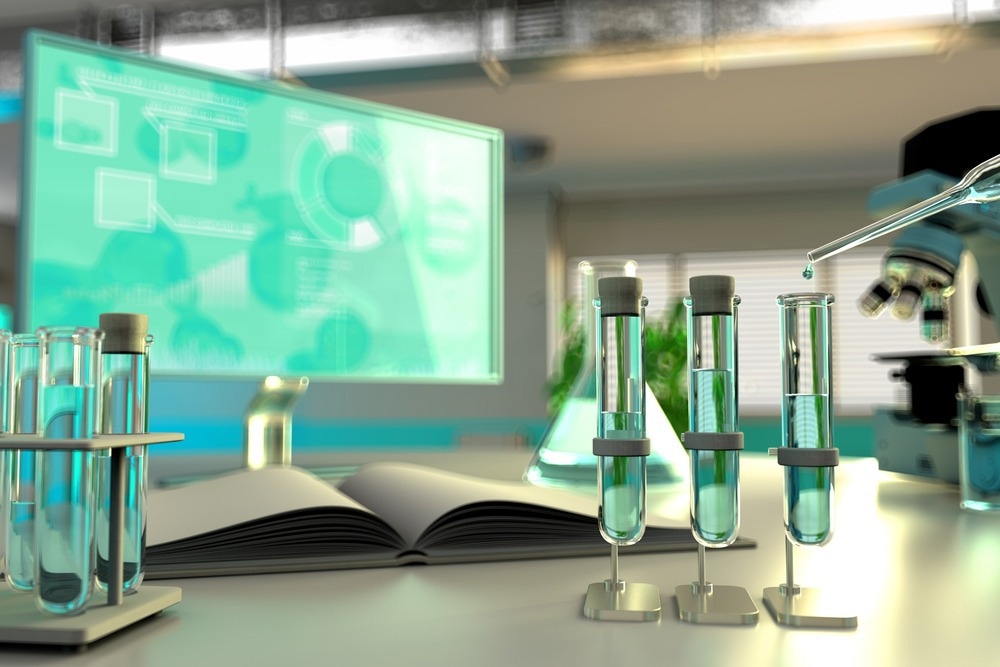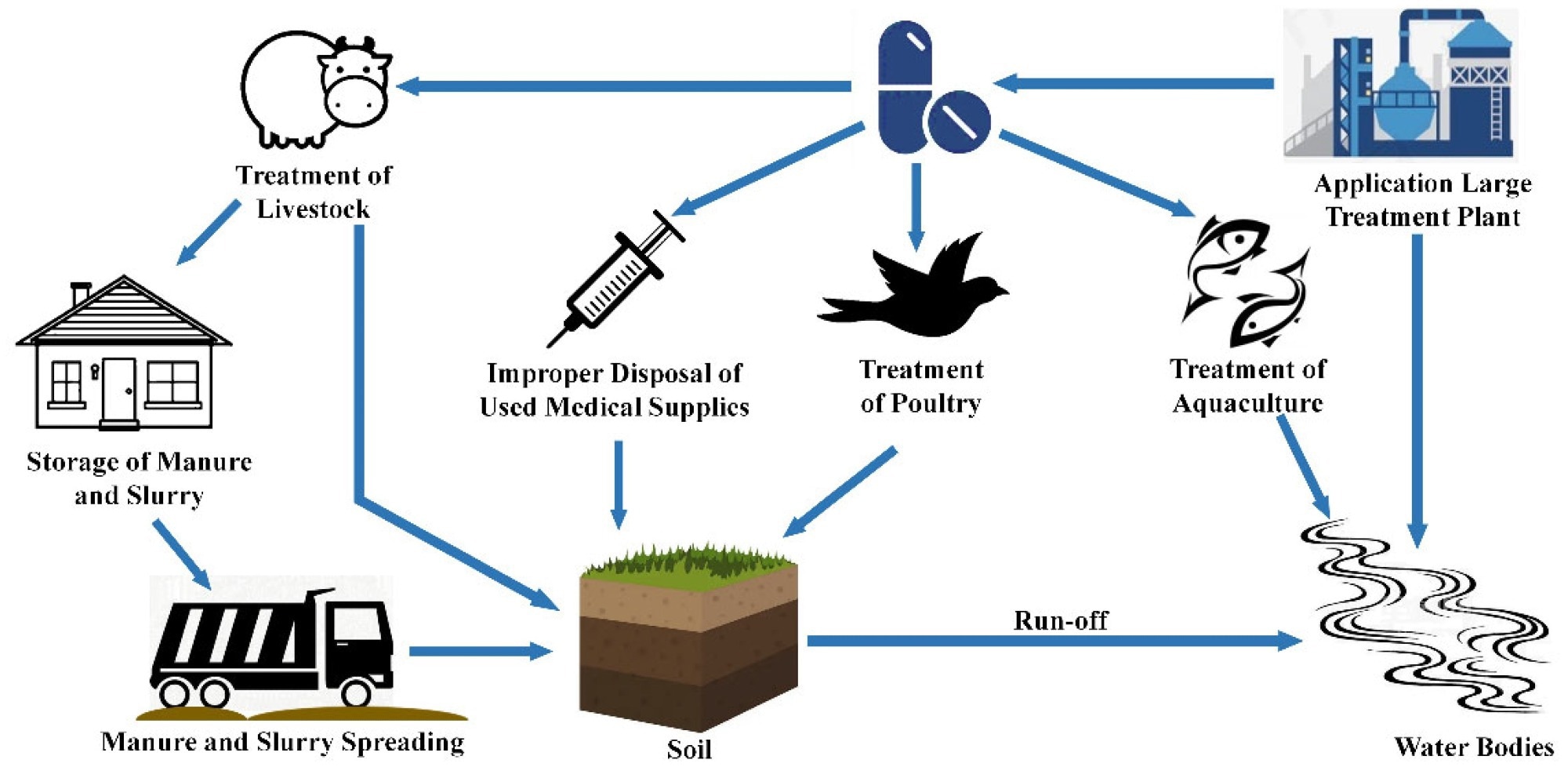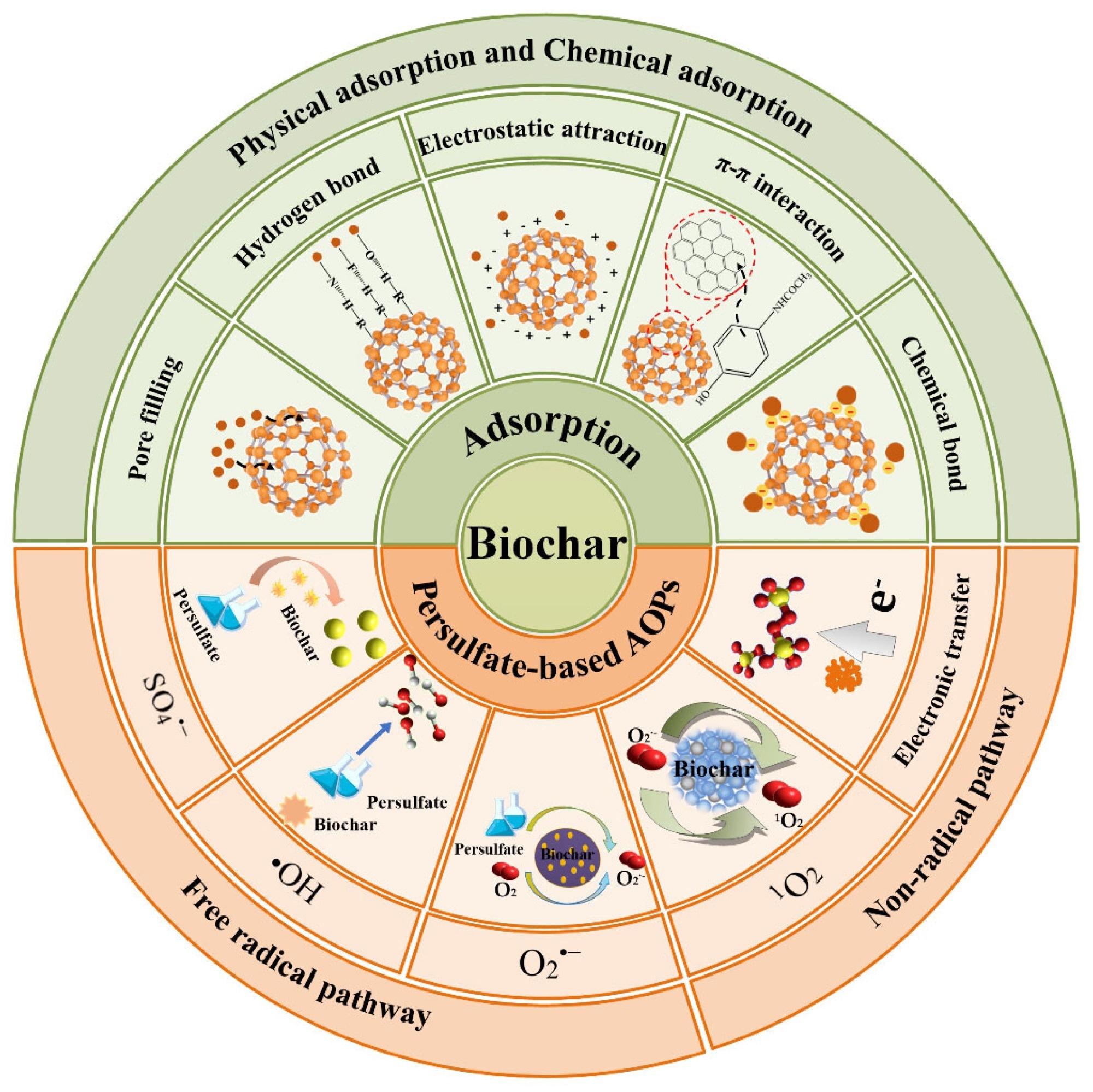A new study in the journal Sustainability has reviewed the applications of biochar for pharmaceutical pollutant removal strategies. Scientists from the North China University of Science and Technology, Zhengzhou University, and Tangshan Sanyou Group in China have contributed to the research.

Study: A Review on Application of Biochar in the Removal of Pharmaceutical Pollutants through Adsorption and Persulfate-Based AOPs. Image Credit: Dancing_Man/Shutterstock.com
Pharmaceutical Pollutants: A Critical Environmental Issue
The rapid growth of the world’s population has been partly due to modern healthcare, with many innovative drugs developed over the past century or so to treat numerous diseases previously responsible for enormous numbers of fatalities globally.
However, with this immense progress in modern healthcare comes an environmental price. The pharmaceutical industry is responsible for vast quantities of drugs entering the aquatic environment yearly, with the use of drugs such as antibiotics in animal husbandry also contributing to this key environmental issue.
Pharmaceutical production and use has increased exponentially over the past few decades, with 34.8 billion doses of antibacterial drugs being consumed in 2015. It is predicted that by 2030, worldwide antibiotic consumption will be 200% higher than in 2015. Most drugs are only partially metabolized by humans and animals, and there are several pathways by which pharmaceutical products can enter the environment.

Sources and transfer pathways of drug residues in aquatic environment. Image Credit: Kang, Z et al., Sustainability
Once in the environment these contaminants accumulate and can remain for an extended period. This causes a potential impact on human health due to the bioavailability of residues entering the food chain. Several critical issues have been reported in recent years, such as the rise of drug-resistant strains of microbes and the impact of tetracycline on child development.
Pharmaceutical product contamination is therefore a critical issue, and removing residues quickly is crucial to limit the environmental and health impacts of their accumulation in ecosystems.
Removal Strategies
The scale of the issue has motivated researchers in the past few decades to develop efficient and cost-effective strategies to remove pharmaceutical products from effluent streams and other contaminant pathways. Chemical, physical, and microbial treatments have been developed, although due to the inhibitory effect drugs like antibiotics have on bacterial activity, microbial methods possess reduced efficiency.

Removal mechanisms and main interactions of pharmaceutical pollutants by biochar. Image Credit: Kang, Z et al., Sustainability
Adsorption has received considerable research attention for the removal of low-concentration pharmaceutical products from waste streams due to the cost-effectiveness, superior efficiency, and good reproducibility of methods.
Other approaches using advanced oxidation methods have shown promise. Persulfate-based methods have attracted attention due to enhanced selectivity, better oxidizing properties, and lack of secondary pollutants. This makes persulfate-based methods potentially economical and efficient options for the removal of pharmaceutical contaminants.
In recent years, the use of carbon-based materials such as reduced graphene oxide, carbon nanotubes, and biochar in conjunction with adsorption and persulfate-based advanced oxidation methods has been widely explored. Biochar in particular has several benefits. This carbon-based material is produced from products such as animal and agricultural waste.
Benefits of biochar include environmental friendliness, cost-effectiveness, enhanced porosity, and abundant functional groups. Several studies have demonstrated the efficient removal of pharmaceutical products from wastewater using biochar and modified biochar. Amongst the recent body of research, Fang et al. have shown that biochar can activate persulfate, which enhances its degradation efficiency.
The Study
The new study in Sustainability has reviewed the current state-of-the-art in removing pharmaceutical pollutants using biochar. The authors have focused on two removal pathways, adsorption and persulfate activation by biochar. Attack sites of both free radicals and non-free radicals and their effect on pollutants in persulfate methods have been explored in the review.
Effects of different parameters have been discussed in-depth, including biochar dosage, pH, solution temperature, coexisting ions, and persulfate dosage. The authors have stated that the study helps researchers improve the efficiency of pharmaceutical pollutant removal and, additionally, provides researchers with a support framework for future studies and remediation efforts for the removal of other pharmaceutical products.
Review Conclusions and Future Prospects
Some key conclusions have been reached in the review. Adsorption and persulfate advanced oxidation methods work in different ways. Biochar helps to accelerate both methods. For instance, TT electrons in biochar accelerate TT electron interaction during adsorption. Functional groups in biochar aid the chemical reactions in persulfate methods, such as C-N bond and lactam ring cleavage.
The influence of operational parameters was demonstrated. For example, pH value affects reactive oxygen species, the surface charge of biochar, and the target antibiotic’s dissociation form. Coexisting ions have an effect on free radical pathways, with their effect on non-free radical pathways further limited.
Future prospects have been discussed. These include large-scale research on real water bodies to fully explore the commercial application of persulfate methods, with research currently limited to laboratory-scale. Secondly, there is a research opportunity on biochar/persulfate catalytic mechanisms.
Another opportunity is the use of biochar to improve soils and remediate pollution by pathways such as agricultural runoff through methods such as composting organic waste with biochar. Different doses of biochar are needed for the treatment of different organic wastes. Furthermore, biochar could be applicable to the remediation of other pollutants such as nitrates, but more research is needed.
In summary, the review has provided a comprehensive evaluation of biochar use in pharmaceutical pollutant remediation. Whilst challenges still exist, the benefits of this organic material and the scale of industrial pollution make this field of research extremely crucial and promising for future environmental remediation strategies.
Further Reading
Kang, Z et al. (2022) A Review on Application of Biochar in the Removal of Pharmaceutical Pollutants through Adsorption and Persulfate-Based AOPs Sustainability 14(16) 10128 [online] mdpi.com. Available at: https://www.mdpi.com/2071-1050/14/16/10128
Disclaimer: The views expressed here are those of the author expressed in their private capacity and do not necessarily represent the views of AZoM.com Limited T/A AZoNetwork the owner and operator of this website. This disclaimer forms part of the Terms and conditions of use of this website.